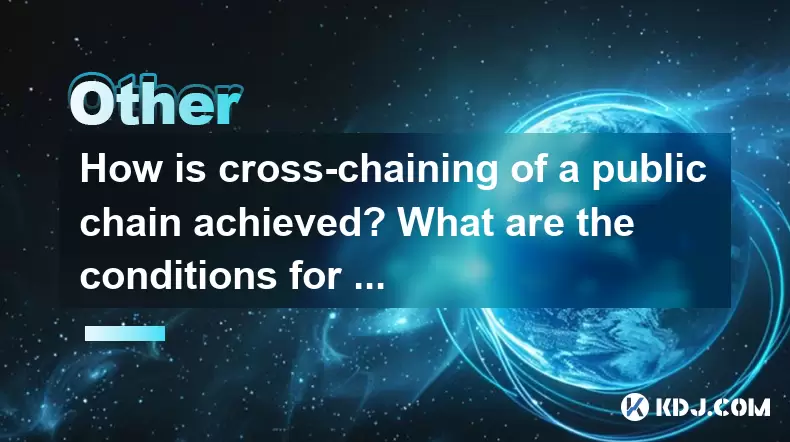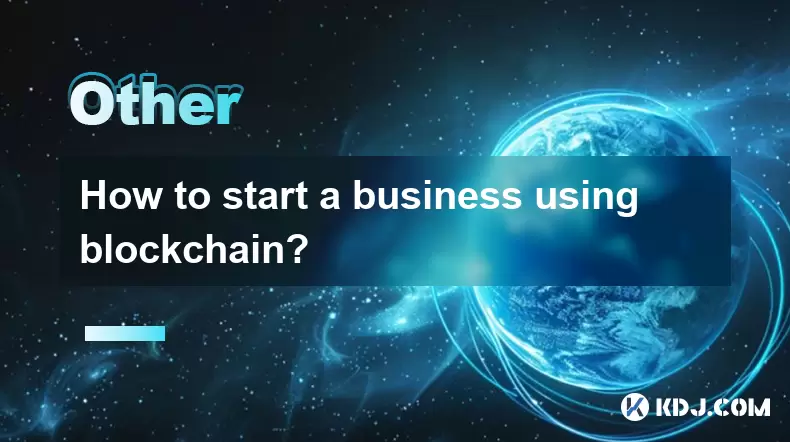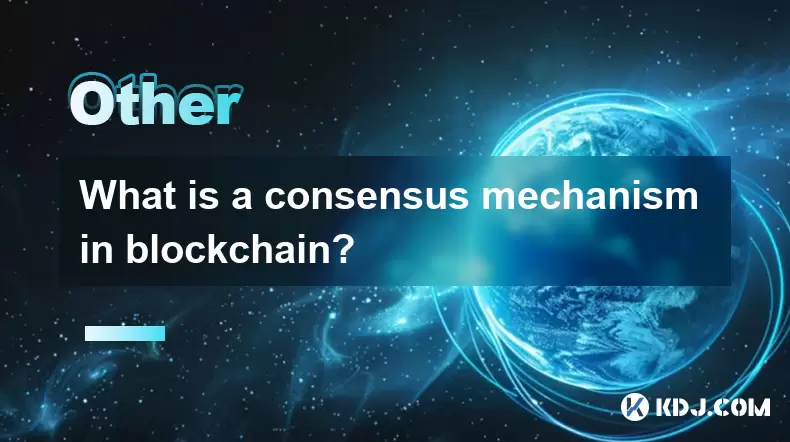-
 Bitcoin
Bitcoin $118400
0.47% -
 Ethereum
Ethereum $3836
2.20% -
 XRP
XRP $3.157
2.98% -
 Tether USDt
Tether USDt $0.9999
-0.03% -
 BNB
BNB $801.5
1.31% -
 Solana
Solana $180.9
2.07% -
 USDC
USDC $0.9999
-0.02% -
 Dogecoin
Dogecoin $0.2225
2.50% -
 TRON
TRON $0.3285
-1.02% -
 Cardano
Cardano $0.7789
2.60% -
 Hyperliquid
Hyperliquid $43.60
2.39% -
 Sui
Sui $3.892
4.41% -
 Stellar
Stellar $0.4229
3.34% -
 Chainlink
Chainlink $18.01
3.98% -
 Hedera
Hedera $0.2745
6.77% -
 Bitcoin Cash
Bitcoin Cash $582.3
3.38% -
 Avalanche
Avalanche $23.77
1.04% -
 Ethena USDe
Ethena USDe $1.001
0.01% -
 Toncoin
Toncoin $3.493
3.59% -
 Litecoin
Litecoin $110.0
2.48% -
 UNUS SED LEO
UNUS SED LEO $8.936
-0.37% -
 Shiba Inu
Shiba Inu $0.00001304
2.49% -
 Uniswap
Uniswap $9.999
1.09% -
 Polkadot
Polkadot $3.897
3.26% -
 Monero
Monero $308.6
-0.83% -
 Dai
Dai $0.9999
-0.01% -
 Bitget Token
Bitget Token $4.504
-0.04% -
 Pepe
Pepe $0.00001154
2.95% -
 Cronos
Cronos $0.1471
3.06% -
 Ethena
Ethena $0.6691
19.53%
How is cross-chaining of a public chain achieved? What are the conditions for atomic swaps
Cross-chaining enables blockchain interoperability, allowing seamless asset transfers; methods include sidechains, bridges, and atomic swaps, each with specific technologies and protocols.
May 16, 2025 at 07:08 am

Cross-chaining of a public chain involves the process of enabling interoperability between different blockchain networks, allowing them to communicate and transfer assets seamlessly. This is crucial for the growth and scalability of the cryptocurrency ecosystem. Cross-chaining can be achieved through several methods, each with its own set of technologies and protocols.
Understanding Cross-Chain Technology
Cross-chain technology refers to the mechanisms and protocols that facilitate the transfer of data and assets between different blockchain networks. The primary goal is to overcome the limitations of isolated blockchains, allowing them to interact and share resources. This technology is essential for the development of decentralized applications (dApps) that require access to multiple blockchains.
Methods of Cross-Chaining
There are several methods used to achieve cross-chaining, including sidechains, bridges, and atomic swaps. Each method has its own advantages and is suited for different use cases.
Sidechains: These are separate blockchains that are pegged to the main blockchain. They allow assets to be transferred between the main chain and the sidechain, enabling scalability and privacy features. Sidechains operate independently but are linked to the main chain through a two-way peg mechanism.
Bridges: These are protocols that connect two different blockchains, allowing them to exchange information and assets. Bridges can be centralized or decentralized, and they play a critical role in enabling interoperability between different blockchain networks.
Atomic Swaps: These are peer-to-peer transactions that allow the exchange of cryptocurrencies between different blockchains without the need for intermediaries. Atomic swaps ensure that the exchange is either completed in its entirety or not at all, providing a secure and trustless method for cross-chain transactions.
Conditions for Atomic Swaps
Atomic swaps are a crucial component of cross-chaining, enabling direct exchanges between different cryptocurrencies. For an atomic swap to be successful, certain conditions must be met:
Compatible Cryptocurrencies: The cryptocurrencies involved in the swap must support the necessary cryptographic functions, such as hash time-locked contracts (HTLCs). HTLCs are essential for ensuring the atomicity of the swap.
Smart Contract Support: Both blockchains involved in the swap must support smart contracts. Smart contracts are self-executing contracts with the terms of the agreement directly written into code. They are necessary for enforcing the conditions of the swap.
Sufficient Liquidity: There must be enough liquidity on both sides of the swap to ensure that the transaction can be completed. Without sufficient liquidity, the swap may fail, leading to potential losses for the participants.
Network Synchronization: The blockchains involved in the swap must be synchronized to ensure that the transactions are processed in a timely manner. Any delay or discrepancy in block times can lead to the failure of the swap.
Implementation of Atomic Swaps
To implement an atomic swap, several steps must be followed. Here is a detailed guide on how to perform an atomic swap:
Initiate the Swap: The first participant, known as the initiator, creates a transaction on their blockchain that locks their cryptocurrency in a smart contract. This contract includes a hash of a secret and a time lock.
Generate a Secret: The initiator generates a secret and hashes it. The hash of the secret is included in the smart contract, but the secret itself is not revealed.
Send the Hash: The initiator sends the hash of the secret to the second participant, known as the counterparty.
Counterparty's Response: The counterparty creates a transaction on their blockchain that locks their cryptocurrency in a smart contract. This contract includes the same hash of the secret and a time lock.
Reveal the Secret: The initiator reveals the secret to the counterparty, allowing them to unlock the cryptocurrency on their blockchain.
Complete the Swap: The counterparty uses the secret to unlock the cryptocurrency on the initiator's blockchain, completing the swap.
Challenges and Considerations
While cross-chaining and atomic swaps offer significant benefits, there are also challenges and considerations that must be addressed:
Security Risks: Cross-chain transactions can be vulnerable to security risks, such as double-spending attacks and smart contract vulnerabilities. Ensuring the security of these transactions is crucial for their success.
Scalability Issues: As the number of cross-chain transactions increases, scalability becomes a concern. Solutions such as layer-2 scaling technologies and sharding may be necessary to handle the increased load.
Regulatory Compliance: Cross-chain transactions may face regulatory challenges, as they involve the transfer of assets across different jurisdictions. Ensuring compliance with relevant regulations is essential for the widespread adoption of cross-chain technologies.
User Experience: The complexity of cross-chain transactions can be a barrier to user adoption. Simplifying the process and improving the user experience are important for the success of cross-chain technologies.
Frequently Asked Questions
Q: Can cross-chaining be achieved without atomic swaps?
A: Yes, cross-chaining can be achieved through other methods such as sidechains and bridges. However, atomic swaps provide a decentralized and trustless way to exchange assets directly between different blockchains, which can be advantageous in certain scenarios.
Q: What are the potential risks of participating in an atomic swap?
A: Participating in an atomic swap carries risks such as smart contract vulnerabilities, network congestion, and the potential for the counterparty to act maliciously. It is important to thoroughly understand the process and the risks involved before participating in an atomic swap.
Q: How can the security of cross-chain transactions be ensured?
A: The security of cross-chain transactions can be ensured through the use of robust smart contracts, regular security audits, and the implementation of multi-signature wallets. Additionally, staying informed about the latest security best practices and potential vulnerabilities is crucial.
Q: Are there any platforms that facilitate cross-chaining and atomic swaps?
A: Yes, several platforms and protocols, such as Cosmos, Polkadot, and Thorchain, are designed to facilitate cross-chaining and atomic swaps. These platforms provide the necessary infrastructure and tools to enable interoperability between different blockchain networks.
Disclaimer:info@kdj.com
The information provided is not trading advice. kdj.com does not assume any responsibility for any investments made based on the information provided in this article. Cryptocurrencies are highly volatile and it is highly recommended that you invest with caution after thorough research!
If you believe that the content used on this website infringes your copyright, please contact us immediately (info@kdj.com) and we will delete it promptly.
- Pudgy Penguins Price Prediction: Buying Opportunity or Insider Dump?
- 2025-07-31 18:50:35
- Penny Coin Power: Unearthing 20x Potential in Undervalued Crypto
- 2025-07-31 20:10:14
- Shrapnel, GalaChain, and China Gaming: A New Frontier
- 2025-07-31 19:10:35
- Mutuum Finance, Bitcoin, and Market Analysis: Decoding the Latest Trends
- 2025-07-31 19:30:13
- Dogecoin Howl: Bullish Signals and Analyst Bites – Is the Meme Coin Ready to Pounce?
- 2025-07-31 18:30:16
- Decoding Crypto Presales, Ethereum's Role, and Navigating a Tricky Altcoin Season
- 2025-07-31 18:30:16
Related knowledge

How to start a business using blockchain?
Jul 28,2025 at 12:36am
Understanding the Basics of Blockchain TechnologyBefore diving into the process of starting a business using blockchain, it's crucial to understand wh...

What is a token on the blockchain?
Jul 21,2025 at 07:00am
Understanding the Concept of a TokenIn the realm of blockchain technology, a token is a digital representation of an asset or utility that exists on a...

Can blockchain be used for identity verification?
Jul 18,2025 at 02:14pm
Understanding Identity Verification in the Digital AgeIn the modern digital landscape, identity verification has become a critical component for ensur...

What is a consensus mechanism in blockchain?
Jul 21,2025 at 03:01am
Understanding the Basics of Consensus MechanismsA consensus mechanism is a critical component of any blockchain network. It refers to the process by w...

How to explain blockchain to someone with no tech background?
Jul 18,2025 at 11:08pm
Understanding the Basics of BlockchainTo explain blockchain to someone with no tech background, it's essential to start with simple analogies and avoi...

Who invented blockchain technology?
Jul 23,2025 at 01:28am
Origins of Blockchain TechnologyBlockchain technology did not emerge from a single inventor or institution. Instead, it evolved through a series of ac...

How to start a business using blockchain?
Jul 28,2025 at 12:36am
Understanding the Basics of Blockchain TechnologyBefore diving into the process of starting a business using blockchain, it's crucial to understand wh...

What is a token on the blockchain?
Jul 21,2025 at 07:00am
Understanding the Concept of a TokenIn the realm of blockchain technology, a token is a digital representation of an asset or utility that exists on a...

Can blockchain be used for identity verification?
Jul 18,2025 at 02:14pm
Understanding Identity Verification in the Digital AgeIn the modern digital landscape, identity verification has become a critical component for ensur...

What is a consensus mechanism in blockchain?
Jul 21,2025 at 03:01am
Understanding the Basics of Consensus MechanismsA consensus mechanism is a critical component of any blockchain network. It refers to the process by w...

How to explain blockchain to someone with no tech background?
Jul 18,2025 at 11:08pm
Understanding the Basics of BlockchainTo explain blockchain to someone with no tech background, it's essential to start with simple analogies and avoi...

Who invented blockchain technology?
Jul 23,2025 at 01:28am
Origins of Blockchain TechnologyBlockchain technology did not emerge from a single inventor or institution. Instead, it evolved through a series of ac...
See all articles

























































































